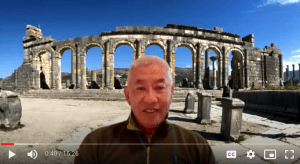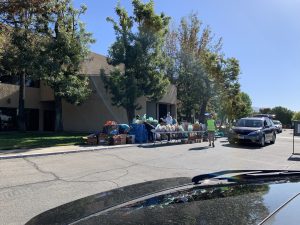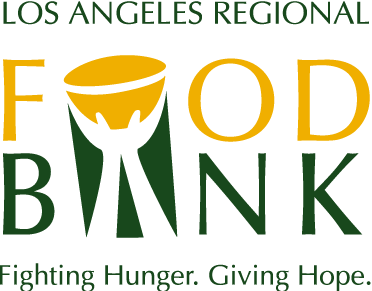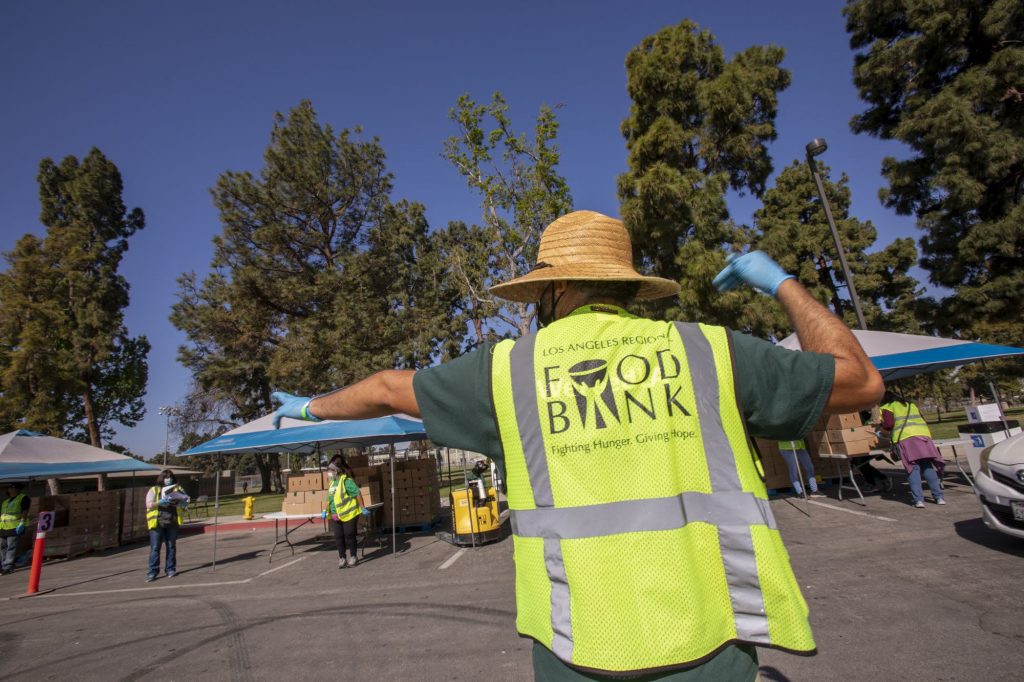Helping Hands: A LA Regional Food Bank Partner Agency Spotlight
Helping Hands: A LA Regional Food Bank Partner Agency Spotlight
Helping Hands Food Pantry’s Director explains what helping others means to him
Lead Volunteer and Director of the First Church of the Nazaraene’s Helping Hands Food Pantry, a Los Angeles Regional Food Bank Partner Agency, in Pasadena, Jim Yang, recently spoke with us in a virtual interview to discuss how the Food Pantry has been doing in this new normal. Jim has been with the church since 2007 and began managing the Food Pantry in 2016 after retiring that year.

Helping Hands has been part of the ministry for about 30 years and throughout the years, it has grown, particularly during this pandemic as they are serving more clients than ever.
Before April 2020, they were serving 60-70 families weekly. From January through March 2020, they served 678 families where it impacted 1,527 individuals. From April through December of 2020, they helped 14,779 families where it affected 51,673 individuals. Their largest turnout they have ever served was 540 families in just one morning from 8:30 to noon during one of their regular Wednesday distributions.
“The food supply mainly comes from the LA Regional Food Bank. The magnitude and need is so significant out there. Certainly without the support of the LA Regional Food Bank, we could not do this. We really enjoy partnering with the Food Bank. I work closely with the Agency Relations Director, Liz, the Agency Relations Manager, LaRonda, and their team a lot and whenever we need any more of something, I reach out to her team and the LA Regional Food Bank is typically able to support us so we can provide the necessary food so we really appreciate that type of teamwork.”

Traditionally, Helping Hands was an indoor food pantry program where clients come inside the church to get food and are offered the opportunity to go to their clothing room where they can browse shoes and clothes. When the pandemic hit, the operation quickly pivoted outside to their large parking lot. Food distribution takes place in a drive-through format where clients are encouraged to stay in their cars and social distancing and health guidelines by the CDC are enforced to keep volunteers and clients as safe as possible.
More Than Meets the Eye

Helping Hands is strictly a volunteer-based organization where each week they see about 20 and sometimes up to 30 volunteers when the nearby high school students are on break. Jim says that ever since he has been a member of the church since 2007, he has watched Helping Hands and has always wanted to help because the program serves a need and feels that food is a necessity for everyone. He shared that he had some great leaders before him in his role that helped prepare him and feels it is a passing of a torch in some ways. Many of the volunteers are elderly in their 70’s and 80’s but they still come and he says to witness their spirit of giving is very impactful to him.
“Throughout my time here in this role and what I see reaffirms that people are good and they want to help people and our clients are very appreciative of what we provide and clients are always thankful,” says Jim.
With the pandemic and its economic impact that will, unfortunately, outlast the virus, Jim says that he and the volunteers have seen new individuals in the past year.
“You may drive a nice car but that doesn’t mean you can’t have food insecurity and appearances are not indicative of food insecurities so we don’t judge anyone. We know that those that come to us need the help, otherwise they wouldn’t come. People are prideful – they wouldn’t want to come get food, unless they need it. Everyone that comes has a need – it’s our human nature to reach out when needed but also human nature to help when needed.”





